Types of malfunctions of garment steamers and the subtleties of making repairs
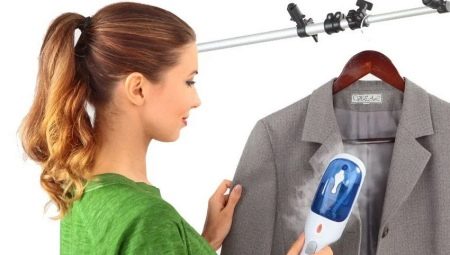
The garment steamer is popular for its convenience and functionality. But such units sometimes fail, so you should study the types of malfunctions and the subtleties of making repairs at home.

Device
Garment steamers are made in order to treat garments with steam. The second name of this unit is steamer. A steamer works in the same way as an iron - it can be used to smooth out creases and creases in clothes with steam. Due to such a device, you can easily solve some problems that are beyond the power of an iron. For example, smooth out small wrinkles under the button, sleeve, next to the seams. Some models are equipped with a special iron, with which you can smooth out hard-to-reach folds. In this case, mechanical action is used together with the steam.
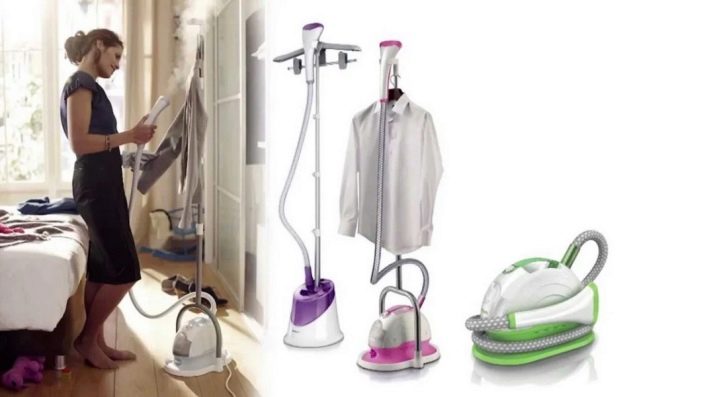
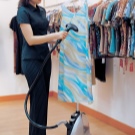

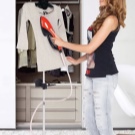


Previously, the steamer was used only in the atelier and in a garment factory. The devices were distinguished by their large size and high price tag.
Currently, manufacturers offer different steamer models, which are divided into two categories:
- floor;
- manual.
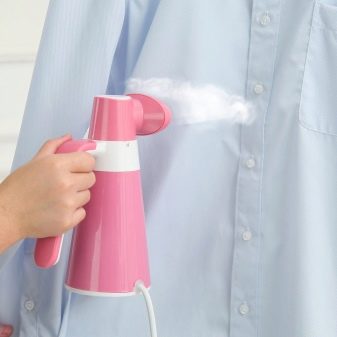

At home, you can usually find the second option. Its design is similar to that of a coffee machine. The steamer circuit contains the following details:
- boiler;
- a container for storing water;
- electrical system;
- a piston equipped with a pump;
- spray.
The boiler is the main part. It contains a heating element, a thermostat with a safety valve. The liquid from the tank moves through special tubes and, when heated, is converted into steam.Then the steam is directed to the atomizer, where a piston with a pump creates the necessary pressure level for atomization. All actions are carried out due to electricity, therefore, the operation of the steamer is impossible without fuses with wires.


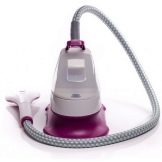

Types of faults
Most of the malfunctions faced by the owners of steamers can be fixed by yourself. The following problems are most common:
- the device steams poorly;
- steam escapes from other parts of the device;
- the steamer does not produce steam;
- the water heating has stopped working.
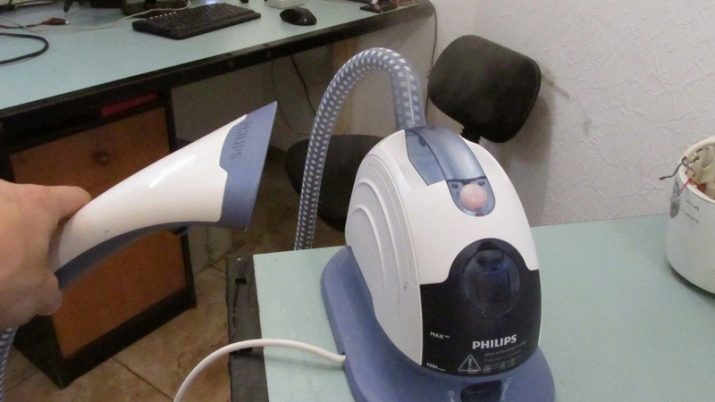
Almost every defect can be eliminated independently and in a short time. To work, you should know what actions need to be performed and what subtleties of repairs to take into account when repairing. Naturally, you should know the structure and operation of the steamer, the functions of all its elements and parts.
How to repair the device?
Most owners of this technique do their own repairs. You can repair the steamer on your own if several conditions are met:
- the device was manufactured in the PRC and does not have a warranty on the territory of the Russian Federation;
- the warranty period has passed.
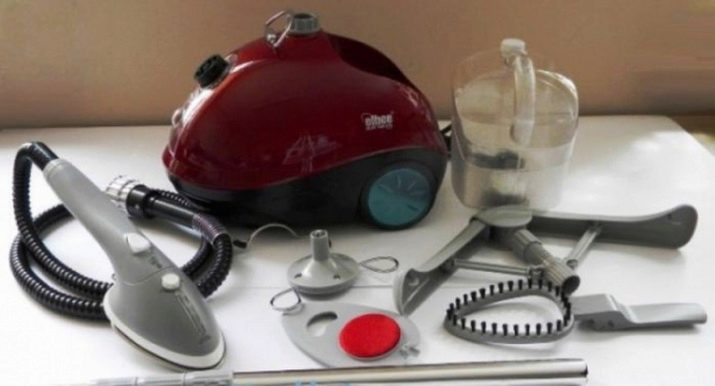
Before starting to make repairs on your own, you should familiarize yourself with the technical documentation, and then proceed to action. It is necessary to disassemble the body part, ring the electrical parts. When working, it is important to ensure that there is resistance to electrical current. After repair, you should connect the device to the network for a short amount of time to make sure it works. If the steamer is working properly, it can be reassembled. This procedure is required in order to exclude multiple disassembly of the case.
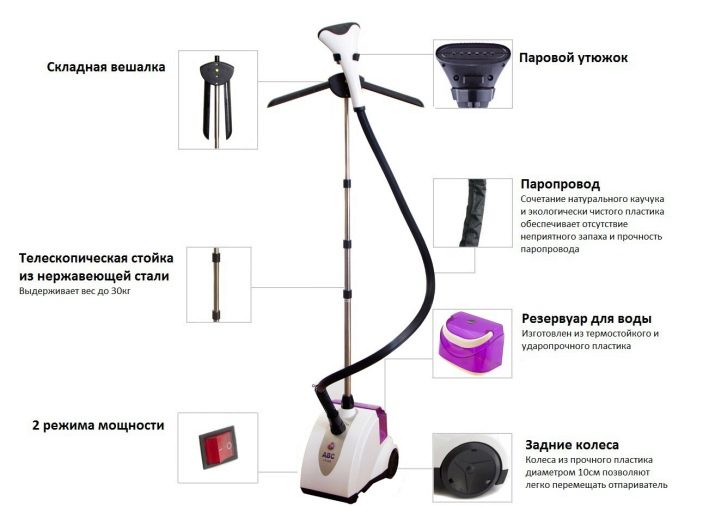
If the cause of the malfunction lies in the thermostat tablet, the repair time may be extended indefinitely. Burned-out parts can be bought at a store or by contacting a specialized workshop for repair. These elements are produced with minimal chances of being replaced by analogs, so you need to look for originals right away. Handicraft repairs in this case are completely ruled out, since improper actions can lead to a short circuit, which can result in a fire. Before repairing, you should study the causes of each malfunction in order to reduce the time to find the damaged part.
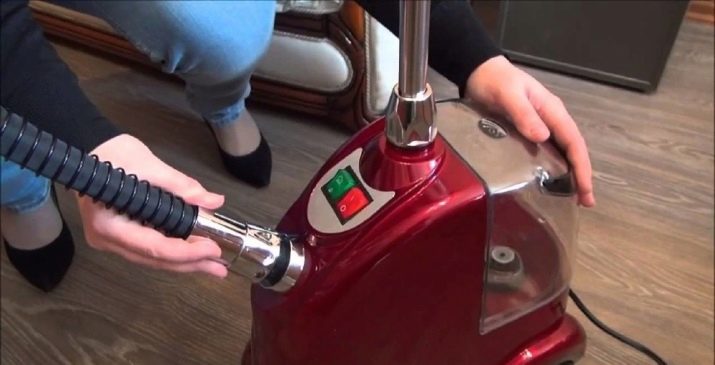
No steam
Most often, this problem is associated with the formation of scale. Due to this, the heater does not transmit heat well and the steam channels become clogged. With such symptoms, a large-scale repair of the product is not required, a simple cleaning will be enough. Even women can carry out such events. Two methods are effective for cleaning:
- mechanical;
- chemical.
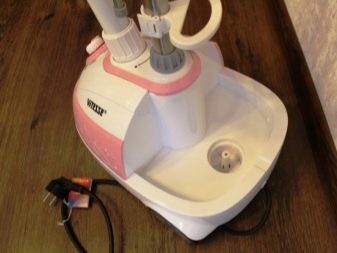

For the mechanical method, disassembly of the product will be required. It is carried out using a simple screwdriver. This will require:
- Disconnect the wires from the fluid supply system.
- Pull out the heating element and remove the scale.
- The water tank is flushed with a food vinegar solution. Alternatively, you can use a special descaling liquid.
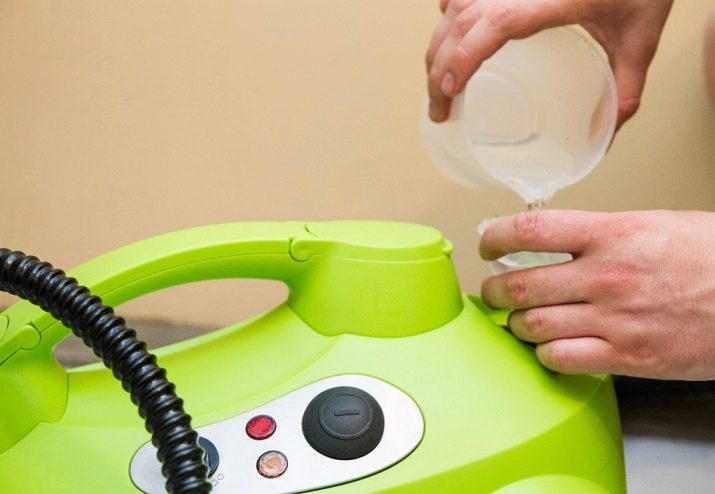
The chemical method does not involve disassembling the steamer and disconnecting from the network.
For cleaning you will need:
- add water with a solution of vinegar with a concentration of 3% (proportions 1: 1) to the tank;
- then you need to heat the device until steam is formed;
- the procedure is carried out until the water has completely evaporated.

With the help of this method, not only the heating element is cleaned, but also all the drainage pipes, holes in the sprayer. In addition, the reason that there is no steam may lie in a pump malfunction. Experts recommend contacting specialized workshops with this issue, since to eliminate the malfunction, it will be necessary to disassemble the unit and turn it on in a disassembled state.
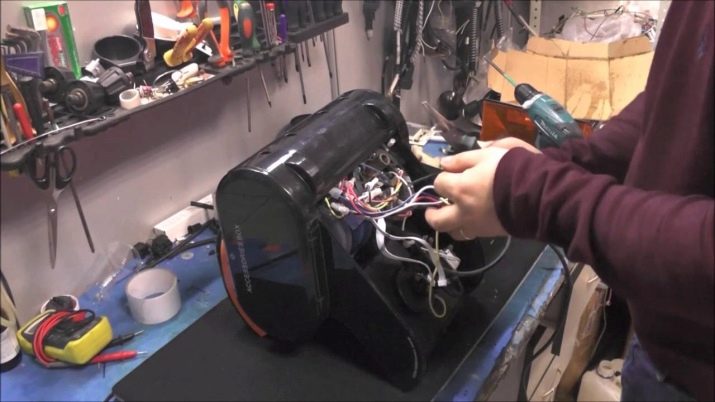
If it is not possible to take the steamer to the master, you should study the rules for working with electrical appliances. Due to the fact that the water pump is located parallel to the heating element, the following actions will be required.
- Opening the case.
- Then you should turn on the device and check the voltage level on the pump. Its performance must correspond to the data specified in the model documentation.
- If the contacts are in working order, you can unplug the plug from the network.
- Then you should undock the terminals near the boiler. This is required in order to be able to ring not the heating element, but the pump itself. By ringing, you can determine the cause of the malfunction. If there is no signal, the cause lies in the motor.
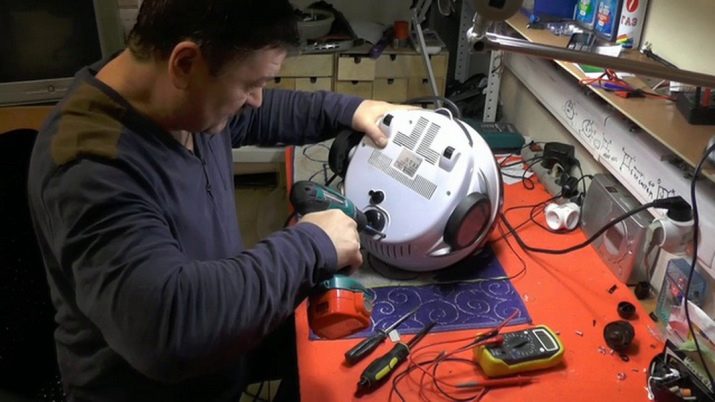
The water tank is flushed with a food vinegar solution
This symptom most often indicates a pump malfunction. If this part is in order, you need to pay attention to the inlet valve, which is located at the inlet to the boiler. The design of the component is similar to the nipple on a bicycle, so repair work is straightforward. To fix the malfunction, you will need to unscrew the part and immerse it in a citric acid solution. Some housewives purchase liquid for cleaning dishwashers or washing machines for the procedure. You can clean the inlet valve in any convenient way.
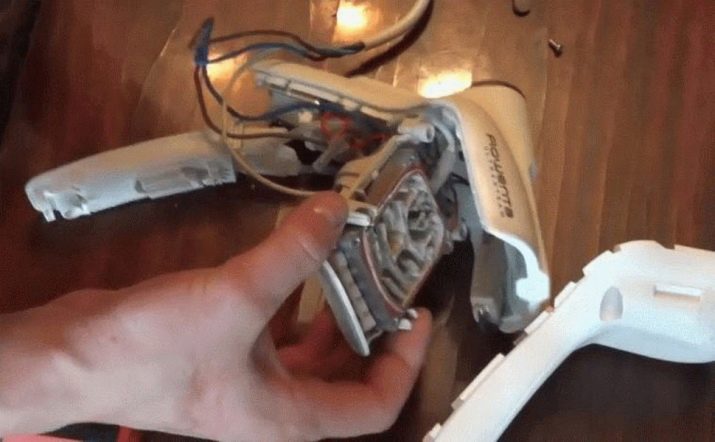
Steam comes out of other parts
If the steamer is used frequently, kinks may form in the hose. They may not be visible, but steam will still pass through them to the outside. If you do not pay attention to such a defect, the holes will become larger. It is best to take advantage of hose replacement and not waste time isolating the damaged part.
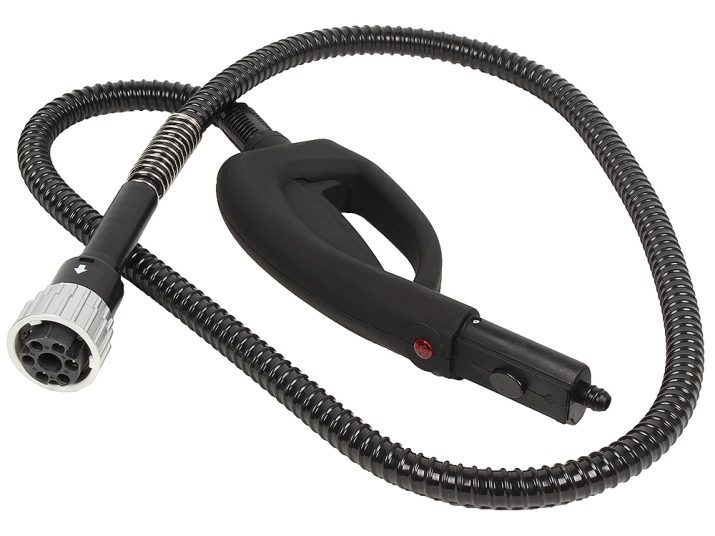
Water heating does not work
If the liquid does not heat up at all, the reason may be hidden in the boiler. It contains several parts that can deteriorate:
- thermostat;
- Heating element;
- fuse.
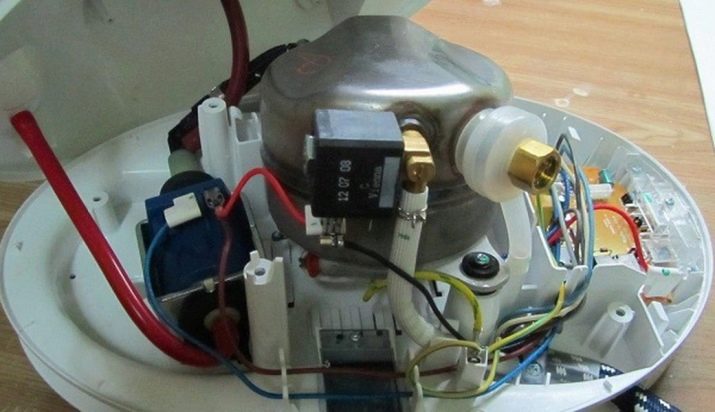
To determine the cause, ring the heating element using a tester. It is not recommended to carry out such a procedure at home, as it is accompanied by difficulties. You may need to replace the spiral, with which you can contact the service center. The fuse is attached to the boiler body with special brackets. These elements often fail and it is easy to replace them. For work, you need a tester, with which you should ring the fuse on both sides. The plug must be unplugged before use. If there is no signal, this indicates a defective fuse.
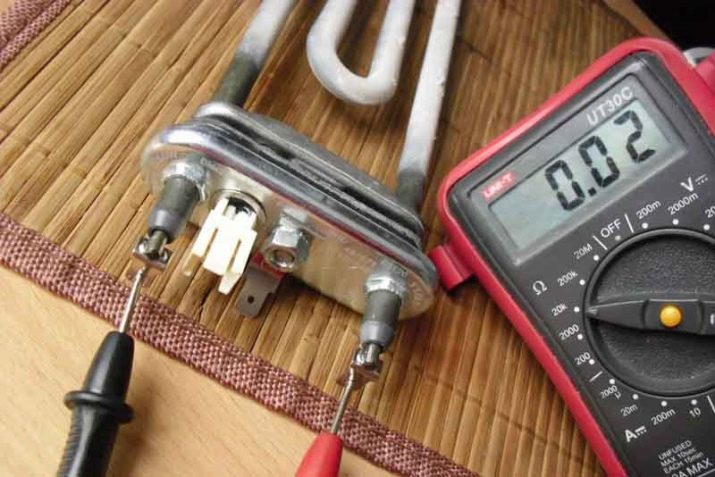
The thermostat is a bimetallic plate. This relay is responsible for turning off the current when the required temperature is reached. If the thermostat is out of order, it must be replaced. Repair in this case will be inappropriate.
Follow-up care
Steamer needs care. Timely service is a guarantee of long-term operation of the device. Maintenance can be regular or service. Due to regular maintenance, the likelihood of repair is cut in half. The procedure will require the following steps:
- after 50 hours of operation, the boiler needs to be flushed with running water;
- all pipes through which water passes should also be rinsed;
- then you need to flush the pipes;
- the water storage tank is also cleared of foreign accumulations;
- after rinsing, wipe all parts dry;
- elements should be wiped with a soft cloth that absorbs moisture well.
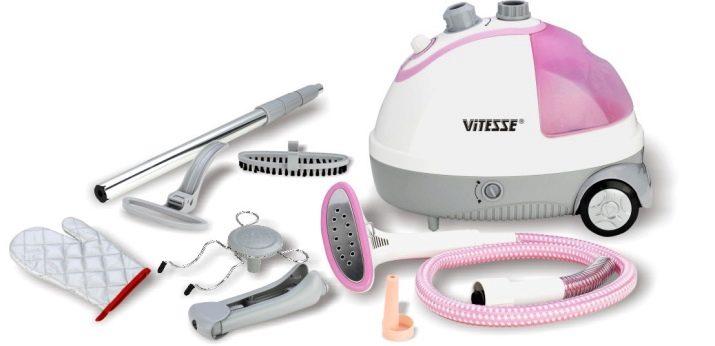
Service must be carried out in a specialized workshop by professionals. During this procedure, the master will disassemble the unit, replace faulty parts, if necessary, and clean the structure. Such maintenance is useful, since the heater with fittings will be flushed in a special liquid, which the ordinary user does not always have.Industrial steamers are sent for service without fail, as they are often used. The frequency of such maintenance of household steamers depends on the frequency of use of the appliance. If the steamer was purchased for steaming several things a week, it is allowed to contact the workshop once every 3-5 years.
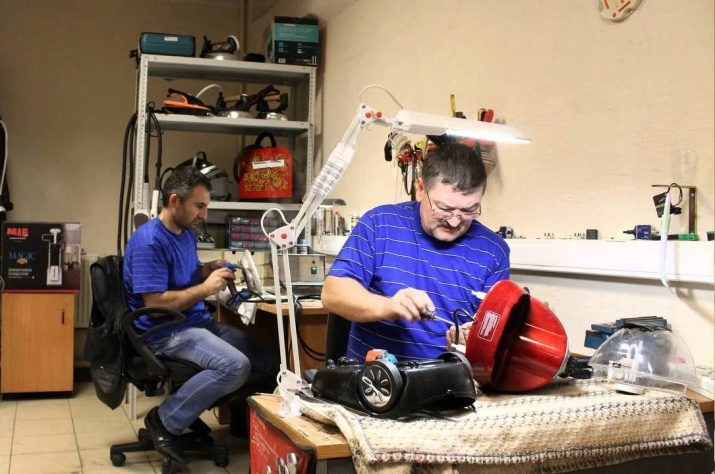
Water preparation
Some of the components that are present in the steamer design may not perform well due to aging. This behavior is considered normal in almost every unit. However, most problems are related to limescale, so you should take care of the steamer in order to avoid future repairs. To prevent the formation of limescale, care should be taken to prepare the water. Many manufacturers indicate that distilled water, available from car dealerships and pharmacies, will be required to function properly. However, such a purchase is quite expensive, so most users prepare distilled liquid on their own.
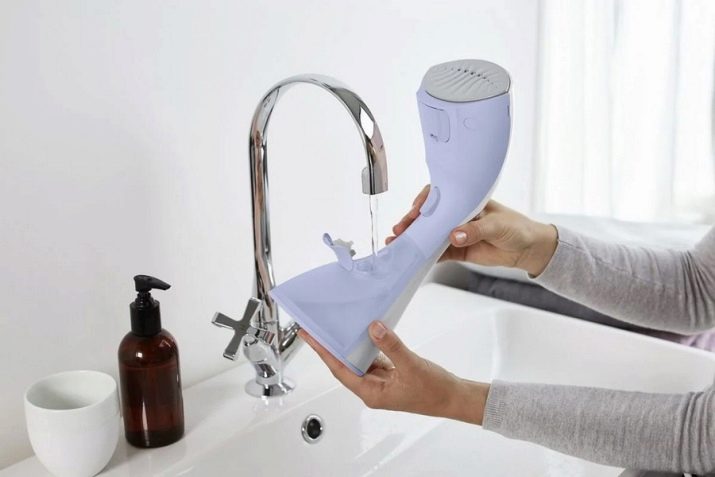
For preparation, you will need a kettle, a heat-resistant tank and a water filter. The whole procedure takes a little time. The distillate is prepared as follows:
- water is poured into a kettle and brought to a boil;
- the liquid is poured into a heat-resistant container;
- after the water has settled, you should resort to filtering the sediment;
- it is recommended to use containers with carbon cartridges for filtration.

Using bottled water in a steamer
Bottled water is often found in stores, on which there is a note that it can be used in irons. Many people buy it thinking that the limescale problem has been solved. However, it has been observed on the basis of observations that the use of such a liquid also contributes to the formation of scale. No difference was noticed using plain water from the mains. In addition, please note that bottled water may contain fragrances that may adversely affect clothing. It is impossible to use drinking bottled water in irons, as it contains mineral components that have a detrimental effect on the steamer device.

To learn how to clean your clothes steamer with your own hands, see the next video.







